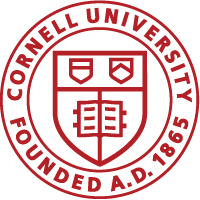Single Particle Structural Virology of Paramyxoviruses
Paramyxoviruses represent some of the most contagious (Measles) and pathogenic (Nipah) viruses present on our planet; therefore, understanding their assembly is of the utmost importance. Members of the Paramyxoviridae family all encode four major structural proteins Nucleocapsid (N), Matrix (M), Fusion (F) and Attachment Glycoprotein (G) which assemble with membranes and nonstructural proteins Phosphoprotein (P), and Polymerase (L) to form infectious virions. Interestingly, paramyxoviruses are pleomorphic, meaning no two virions appear to be the same, and particle shapes can vary drastically. The work in this dissertation focuses on the development and application of highly sensitive technologies to interrogate the morphology and protein contents of individual paramyxoviral particles. I was able to develop a protocol to generate Nipah virus-like-particles (VLPs) in high concentration and purity for flow virometry and cryo-electron microscopy (cryoEM) analyses. In the first part of this dissertation, I reviewed hardware and software technologies required for flow virometry analysis and demonstrated that paramyxoviruses are too fragile for viral sorting. The M protein forms a lattice of dimers that binds membranes and orchestrates viral assembly. In the second and major part of this dissertation, I directly observed the interactions between the M lattice and structural proteins N, F, and G by cryoEM and demonstrated that morphology of an individual particle can be modulated based on these interactions. Furthermore, this analysis yielded the very first sub nanometer structure for any paramyxovirus M protein lattice and describes a novel structural arrangement of the M oligomeric assembly. These results provide the first explanation for paramyxovirus pleomorphism and provide valuable structural insights into the assembly of Nipah virus.



